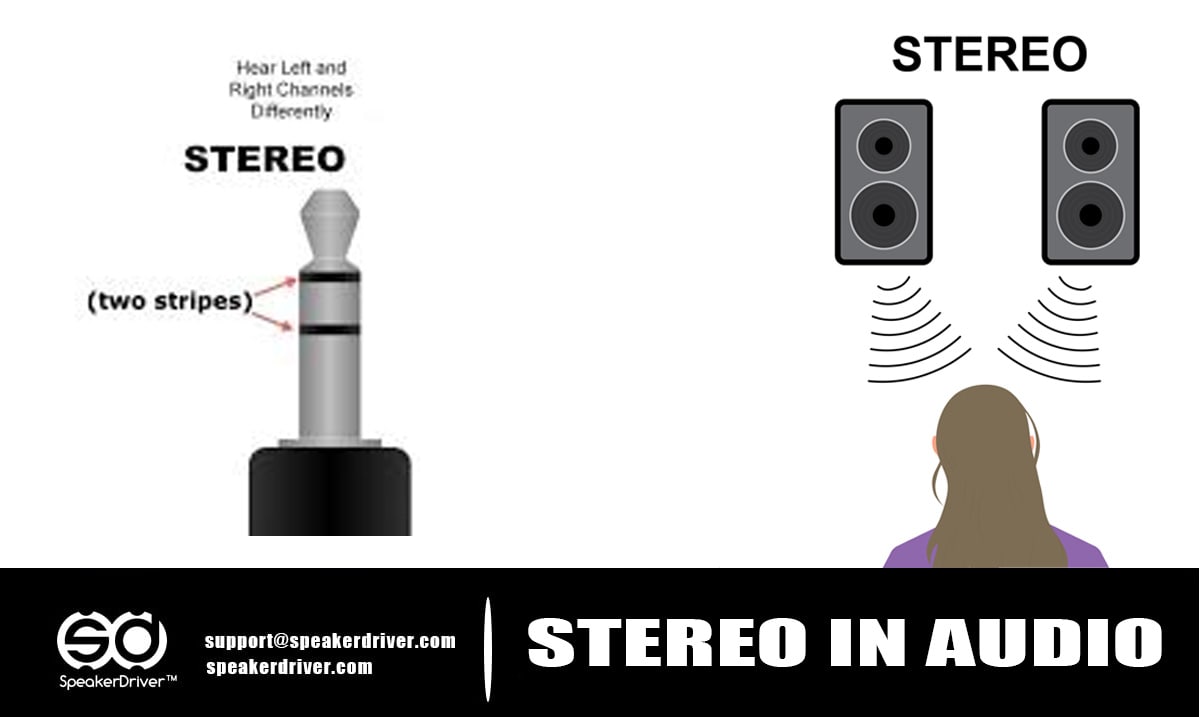
What is Stereo in Audio?
Stereo, short for stereophonic sound, is a method of sound reproduction that creates the illusion of multi-directional audible perspective. Unlike mono audio, which uses a single channel, stereo audio uses two separate channels (left and right), providing a sense of spatial dimension to the listener.
How Stereo Audio Works
Stereo audio works by recording or mixing audio through two channels—one for the left ear and one for the right. This separation allows sound to be distributed differently between the two channels, simulating the way we hear sound in the real world. When played through headphones or stereo speakers, this creates a richer, more immersive audio experience.
Where is Stereo Audio Used?
- Music Production: Most modern music is recorded and mixed in stereo to give instruments and vocals a distinct place in the soundstage.
- Movies and TV Shows: Enhances realism and immersion by mimicking real-world audio perspectives.
- Gaming: Helps players locate directionality of sounds like footsteps or explosions.
- Streaming Platforms: Services like Spotify, YouTube, and Netflix deliver content in stereo as the default format.
- Consumer Electronics: Stereo is standard in phones, laptops, TVs, and most home speaker systems.
Advantages of Stereo Audio
- Spatial Realism: Offers directional sound, making audio feel more natural and immersive.
- Better Music Experience: Instruments and vocals can be separated across channels, enhancing clarity and depth.
- Enhanced User Engagement: Particularly effective in gaming and cinematic experiences.
- Compatibility: Works seamlessly with most modern audio equipment.
Disadvantages of Stereo Audio
- Requires Proper Setup: Optimal experience needs correct speaker placement or quality headphones.
- Less Effective in Large Spaces: In venues without good acoustics, stereo imaging can lose clarity.
- Can Be Over-Processed: Poor mixing can cause important audio elements to be drowned out or misaligned.
Stereo vs Mono vs Surround
| Feature | Mono | Stereo | Surround |
|---|---|---|---|
| Audio Channels | 1 | 2 (Left & Right) | Multiple (5.1, 7.1, etc.) |
| Sound Depth | Flat | Moderate | High |
| Directionality | None | Left-Right | Full 360° |
| Use Cases | Voice, Radio, PA Systems | Music, Video, Streaming | Home Theater, Gaming |
The Future of Stereo Audio
Stereo continues to be the standard for most audio applications, but the rise of spatial and immersive audio technologies (like Dolby Atmos and DTS:X) is pushing boundaries. Even so, stereo remains widely supported and will continue to serve as a reliable middle ground between mono simplicity and surround complexity.
Conclusion
Stereo audio is foundational to modern sound reproduction, offering a balanced and realistic auditory experience. It strikes an effective compromise between simplicity and immersion, making it ideal for a wide range of uses from casual listening to professional production.









